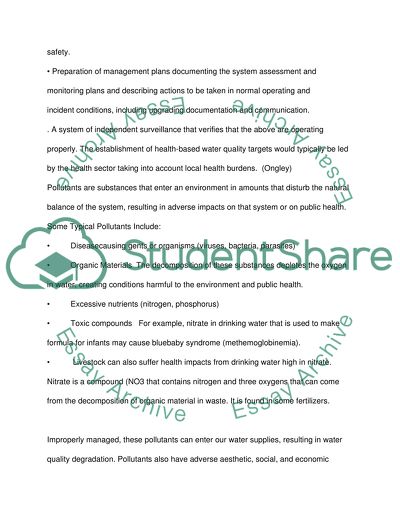Cite this document
(“Water Quality Management Essay Example | Topics and Well Written Essays - 4000 words”, n.d.)
Retrieved from https://studentshare.org/miscellaneous/1508760-water-quality-management
Retrieved from https://studentshare.org/miscellaneous/1508760-water-quality-management
(Water Quality Management Essay Example | Topics and Well Written Essays - 4000 Words)
https://studentshare.org/miscellaneous/1508760-water-quality-management.
https://studentshare.org/miscellaneous/1508760-water-quality-management.
“Water Quality Management Essay Example | Topics and Well Written Essays - 4000 Words”, n.d. https://studentshare.org/miscellaneous/1508760-water-quality-management.


